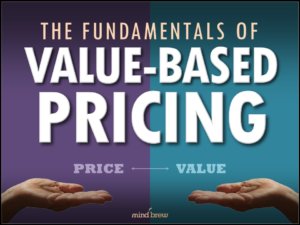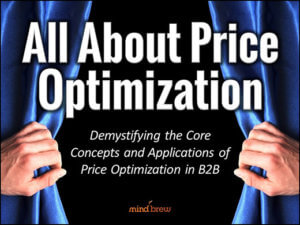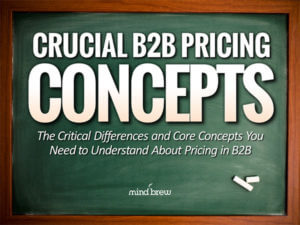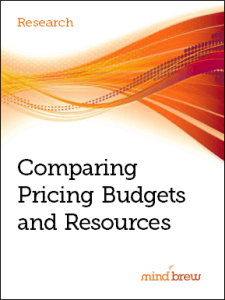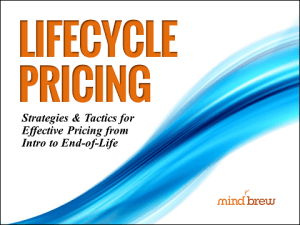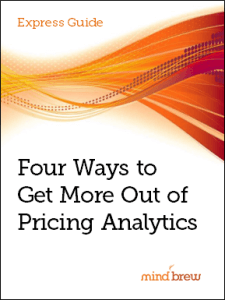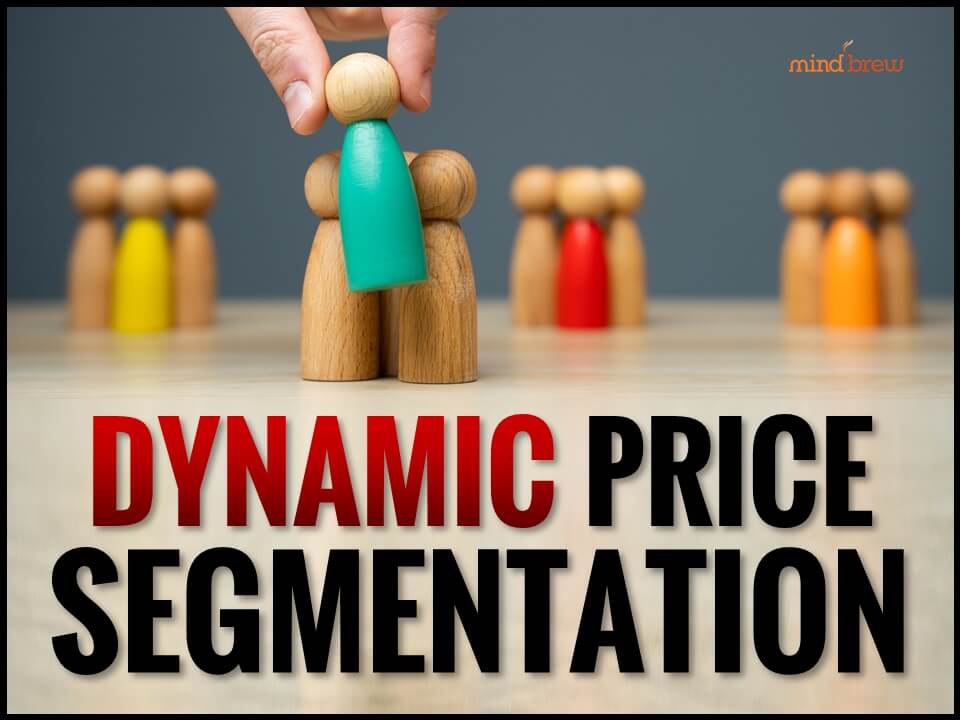In the PricingBrew Journal, we’ve reported extensively on the mechanics and benefits of elasticity-based price optimization. And on countless occasions, we’ve also explained the principles and processes behind value-based pricing.
When I say that we’re big believers in these practices, I don’t mean to suggest that there’s an element of faith involved. There is not. The evidence is clear and these practices have proven to be among the most powerful and effective we’ve found across all of our research.
That said, our coverage of these topics has prompted a number of Journal subscribers to ask, “Which is better?” It’s a fair question. It’s a logical question. And it’s a question I’ve asked myself many times.
But I’ve had a hard time coming up with a definitive answer…
While these practices may occupy different parts of the spectrum, they are nevertheless on the same spectrum. They have different jobs to do. They play different roles, at different levels, and at different times. But they’re both integral elements of a larger value-oriented process. And ideally, these practices should work hand in hand.
When you boil it down, value-based pricing is all about understanding and influencing value perceptions in the marketplace.
What do prospects actually value and why? How do your offerings compare to the alternatives on these value drivers? For prospects, what are the implications of these differentials? How do you credibly communicate and demonstrate these differences? And to what extent should your prices reflect the value differentials?
At its core, price optimization is largely about setting and capturing more profitable prices by measuring differences in price response.
But responses are actions. And actions are taken based on perceptions. Therefore, price responses are simply value perceptions made manifest in actions. And once you recognize this, it’s relatively easy to see that by measuring and acting-upon differences in price response, price optimization is really all about measuring and capturing differences in value perceptions.
From that perspective, price optimization is itself a value-based pricing practice. And by performing the “measure and capture” functions, price optimization perfectly complements the “understand and influence” functions that are traditionally associated with value-based pricing.
Yes, these practices are different. But they’re directly related and highly complementary. On their own, they’re each capable of generating significant performance gains. And in combination, they’re an absolute powerhouse.
But is one “better” than the other? Here’s what I’ve concluded…
One practice is certainly more applicable than the other. After all, anyone can employ the “understand and influence” practices that typically fall under the value-based pricing banner. But not everyone is in a business with the scale and data-volume necessary to enable true price optimization.
Of course, that doesn’t make value-based pricing “better” than price optimization in absolute terms. But where price optimization isn’t even an option, value-based pricing practices are definitely much better than nothing.
And if I found myself in a situation where both practices were applicable? Which of these practices would I choose?
If you’ve been paying attention to my rants and ruminations for any length of time, you already know the answer. Presented with two powerful pricing practices…practices that are even more powerful in combination…I wouldn’t choose. Instead, I’d try to figure out how to do both at the same time.

